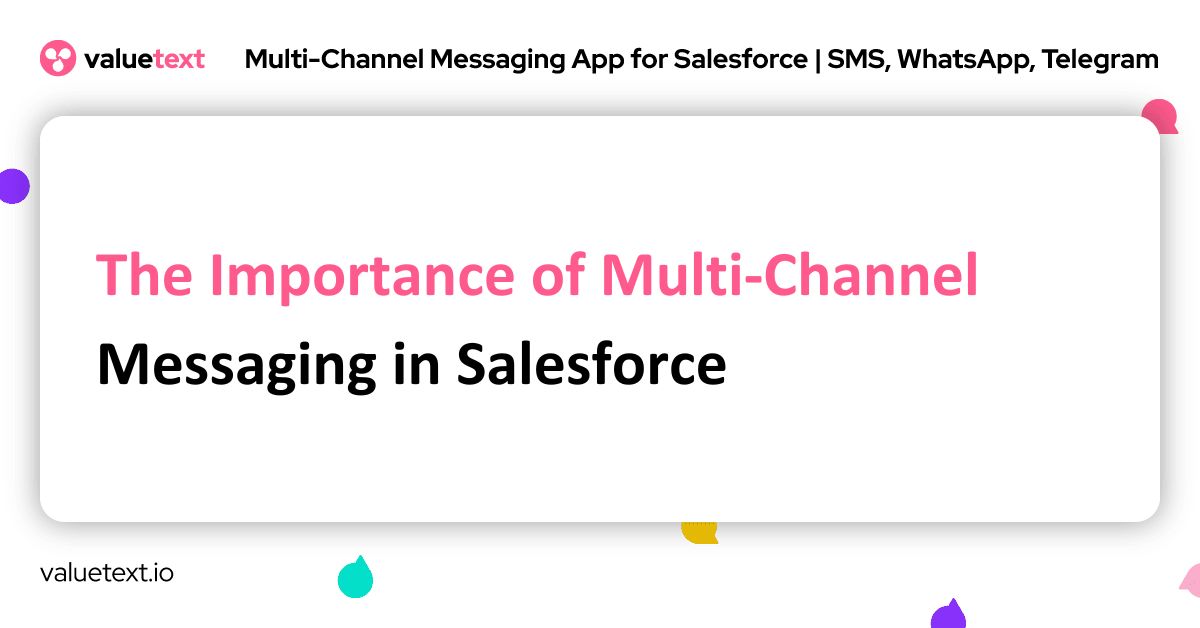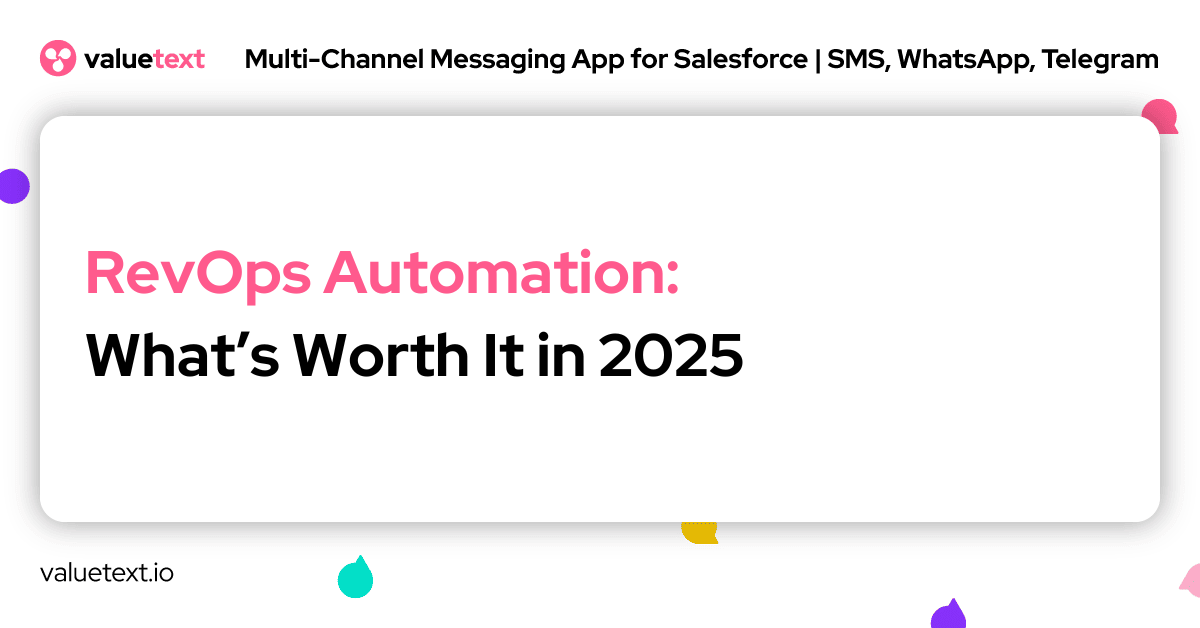07 Aug

Enhancing Business Communication and Efficiency
In the dynamic business environment, effective communication is paramount. Businesses leveraging Salesforce must adopt innovative strategies to maintain a competitive edge. One such strategy is implementing Multi-Channel Messaging in Salesforce. This approach not only enhances communication but also streamlines operations and improves customer satisfaction. This blog explores the significance of multi-channel messaging and its benefits for businesses using Salesforce.
Table of Contents
- Introduction
- What is Multi-Channel Messaging?
- Benefits of Multi-Channel Messaging
- Implementing Multi-Channel Messaging
- Conclusion
- Contact Information
What is Multi-Channel Messaging in Salesforce?
Multi-Channel Messaging in Salesforce refers to the integration of various communication channels within the Salesforce platform, allowing businesses to interact with customers and stakeholders through multiple mediums such as SMS, email, social media, and live chat. This integration ensures a unified and seamless communication experience, regardless of the channel chosen by the customer.
Key Features:
- Unified Messaging Platform: Consolidates various communication channels into a single interface within Salesforce.
- Real-Time Communication: Enables instant interaction across multiple channels.
- Automated Messaging: Supports automated workflows for sending messages based on triggers and predefined rules.
- Personalized Communication: Customizes messages based on customer data stored in Salesforce.
Benefits of Multi-Channel Messaging in Salesforce
Enhanced Customer Engagement
Reach Customers on Their Preferred Channels:
By providing multiple communication options, businesses can meet customers where they are most comfortable, whether it’s via SMS, email, social media, or live chat. This leads to higher engagement rates and better customer satisfaction.
Consistent Messaging Across Channels:
Multi-channel messaging ensures that customers receive a consistent message regardless of the channel. This consistency builds trust and reinforces brand identity.
Streamlined Operations
Efficient Workflow Management:
Integrating multi-channel messaging allows businesses to automate and streamline their communication workflows. This reduces manual effort, minimizes errors, and enhances overall efficiency.
Centralized Communication Hub:
Having a single platform to manage all communication channels simplifies operations and provides a holistic view of customer interactions. This centralization helps in tracking, analyzing, and optimizing communication strategies.
Improved Customer Experience
Timely and Relevant Communication:
With multi-channel messaging, businesses can ensure timely delivery of messages and tailor content to be relevant to the recipient. Personalized and timely communication enhances the customer experience and increases loyalty.
24/7 Availability:
Automated messaging and chatbots enable businesses to provide round-the-clock support, addressing customer inquiries and issues at any time. This 24/7 availability significantly improves customer service.
Data-Driven Insights
Comprehensive Analytics:
Multi-channel messaging provides detailed analytics on customer interactions across various channels. This data helps businesses understand customer behavior, preferences, and pain points, allowing for data-driven decision-making.
Enhanced Targeting and Segmentation:
By analyzing communication data, businesses can better segment their audience and tailor their messaging strategies to specific groups, improving the effectiveness of their marketing and communication efforts.
Implementing Multi-Channel Messaging in Salesforce
- Assess Business Needs: Identify the key communication channels used by your customers and determine the specific business needs that multi-channel messaging can address.
- Choose the Right Tools: Select messaging tools and apps that seamlessly integrate with Salesforce. Consider options that support SMS, email, social media, and live chat.
- Develop a Strategy: Create a comprehensive communication strategy that outlines how each channel will be used, automated workflows, and personalization tactics.
- Train Your Team: Ensure that your team is well-trained in using multi-channel messaging tools within Salesforce. Provide them with the necessary resources and support to maximize the platform’s capabilities.
- Monitor and Optimize: Continuously monitor the performance of your multi-channel messaging strategy. Use analytics to track engagement, response rates, and customer satisfaction. Optimize your approach based on the insights gained.
Conclusion
Implementing Multi-Channel Messaging in Salesforce is crucial for businesses seeking to enhance communication, streamline operations, and improve customer satisfaction. By leveraging this integrated approach, businesses can deliver consistent, personalized, and timely messages across various channels, leading to better engagement and higher efficiency.






